The seventy seven eventful years of the Corps of EME (1943-2020) have been a saga of rich heritage, innovativeness and technological excellence during which the Corps has grown from strength to strength. The Corps has carved a niche for itself in the present day high technology environment.
The Corps of EME was raised during May 43 as the Corps of Indian Electrical and Mechanical Engineers (IEME). IEME provided yoeman’s service during the second World War and post independence came to be known as the Corps of Electrical and Mechanical Engineers (EME). Since then the Corps has changed considerably in role and size and contributed effectively during 1962, 1965, 1971 wars, Op Pawan, Op Meghdoot, Op Vijay and recently Op Parakram. With the proliferation of high technology and modernization of our gallant Army, the Corps was re-christened as the “Corps of Electronics and Mechanical Engineers” on 01 Jan 2001. Continuing the odyssey of enhancing professionalism, the Corps has spear headed management of technology transition as a step toward imbibing state of the art technology. The programme is organised to co-partner the users and improve threshold levels of technology absorption and assimilation.
Modernization of the Indian Army has been progressing at a very fast pace. The Corps of EME continues to remain ahead of times by pro-actively identifying technological needs. While the Nodal Repair Centres and Technology Centres in the Corps Zone Wksps help in engineering support management and field deployment of state of the art equipment, the field workshops help in maintaining high reliability and availability of equipment. Further the Advance Base Workshops and Army Base Workshops which form the fourth echelon of repair, undertake equipment overhaul and manufacture of critical spares. Aspirations of the forward troops, thus achieved, the Corps has also been effectively co-partnering with PSUs and private sector to form a consortium for achieving self sufficiency by indigenisation and effective inhouse Research and Development.
Equipment and technology management are two omnipotent command functions in which contribution of EME has been indispensable. Infusion of high technology equipment on one hand and active CI ops on the other, the challenges being braved by all ranks of the Corps are multi-faceted. The diversity and dexterity of the Corps stand out in each aspect of soldiering. The dedication and sincerity to the task at hand has earned the Corps two Padma Bhushans, four Padma Shris, five Arjuna Awards,two Vir Chakras, five Kirti Chakras, six Shaurya Chakras, 25 PVSMs, 57 AVSMs, 57 Sena Medals, 124 VSMs, three Bars to VSM and numerous other awards. These are an acknowledgement of the technical and adventure feats and prowess of the “Soldier Craftsman” tenor of the Corps.
Modern day operational requirements need a synergic blend of healthy body and sound technical mind. The Corps has excelled with aplomb in sports and adventure activities. The Corps has produced outstanding sportsmen who have contributed effectively in National and International events including Olympics. Athletics, sailing, rowing, squash, weight lifting, mountaineering and hot air ballooning are some events where EME has produced stalwarts who have done the Nation proud. The Corps of EME Hockey team has also earned a reputation amongst the best national level hockey teams.
The Corps continues to serve with distinction in Antarctica. The EME team continues to maintain the lifeline of the Maitri Station under difficult and hazardous environment. In keeping with its motto “Karam Hi Dharam” the Corps is poised to meet the increasingly challenging tasks of ensuring effective and high quality engineering support at all times.
Following are the responsibilities and functions of the Corps : –
• Refit / Reset / Remanufacture of Weapon systems & Equipment.
• Inspections.
• Recovery Operation in Peace and War.
• Trials (User & Sustainability Evaluation).
• Indigenisation and Manufacturing.
• Experimental Work including Operational Innovation.
• Technical Advice to Units on Systems.
• Design and Development of Weapon Systems (in concert with Developing Agency/ Production Agency).
• Defect Reports & Modifications.
• Scaling.
Corps Monuments:
Unique to the Corps of EME are the Corps monuments. The Corps has six Monuments, which have found a place of pride in the Tourism Map of the country. While enriching the heritage of the Corps, they symbolize espirit – deCorps and epitomize the contribution of the Corps in all walks of life. These are given below :
The War Memorial, Secunderabad: The War Memorial is located near Headquarters 1 EME Centre at a prominent tri- junction. It has a 7.62 meter high obelisk (a tall four sided tapering pillar) made of stone, topped by a pyramid. This obelisk is mounted on a beautiful pedestal of 1.83 meter square over a 5.49 meter square platform. A pleasant and beautiful garden adds to the solemnity. The war memorial was designed by Mr Eric Marret, once Chief Architect of the State in Andhra Pradesh. The memorial was dedicated by Maj Gen SP Vohra, Col Comdt and DEME, on 7 th Oct 1967. The War memorial has been given a solemn face-lift which is a befitting tribute to all those who laid their lives to maintain the honour and integrity of the Nation.
The Corps of Electronics and Mechanical Engineers
— SSBCrack (@SSBCrack) October 15, 2020
Motto: Karm Hi Dharm@SSBCrackExams pic.twitter.com/txhIBCNNPE
EME War Memorial at Bhopal: A second EME War Memorial is located at Bhopal to commemorate the martyrs of Corps of EME and to provide motivation to young recruits. The construction of the War Memorial at 3 EME Centre commenced on 04 May 2000 and was completed in a record time of three months. As per traditions all Colonel Commandants lay wreath at both the Memorials on taking over and relinquishing their appointment. The War Memorial is a place of pride in the Corps and in every heart of the Soldier Craftsmen. We Salute our Martyrs.
EME Archives and Museum: Established in 1960 the Archives and Museum are housed in a majestic building of 1871 vintage originally built as barracks for British Other Ranks of the Royal Horse artillery. During 1992-93, it was completely re-laid and renovated by a dedicated team of officers and men of MCEME with the total involvement and financial support of all ranks of the Corps to commemorate the Golden Jubilee of the Corps. The building was re-christened as “Golden Jubilee Hall”. The role and philosophy of EME Archives and Museum is “ To acquire, select, display and preserve such records and documents, materials and artifacts which are of historical value to the Corps of EME so as to educate, motivate and inspire all ranks and foster espirit de corps.” The Museum is a repository of the rich cultural heritage and saga of the Corps. It has a section for the glorious history, a place each Command to commemorate the contributions of the field Army and showcases HQ Technical Group EME and Base Workshops.
Dakshina Murthy Temple, Vadodara: Located at the EME School, Vadodara, the design of this temple was inspired by Buckminster Fuller’s Geodesic Dome. Originally constructed in wood by EME tradesmen, it was conceived by Brig AF Eugene the founder Comdt of the School. The temple has a Japanese rock garden spotted with over 100 ancient statues, some dating back to the sixth century and is the only place where ‘Sapt Matrikas’ of Gujarat are all housed. It also has two rare acquisitions in the form of a Sun God and the Nava Graha which is of great attraction to devotees. Shiva, the universal teacher, presides in the temple of this military training institution. Considered a historical monument, the temple is a symbol of communal harmony and the composite culture of India with the main deity, Shiva, in the Gyana Dakshina Murthy form. The four entrance doors are made in semielliptic shape representing the Jain religion. The Sahbamandap (Prayer Hall) in the shape of a geodesic dome represents Islam. The structure of golden colour on the top of the dome bears resemblance to those used in various Buddhist monuments. The 22 metre – high tower represent Christianity, and the ‘Kalash’ on the top of the tower represents Hinduism. A recent addition to the temple complex is the Buddha Statue.
Guruvayurappan Temple, Secunderabad: This Mandir was conceived in 1979 and the foundation stone laid in Oct 1983 by Maj Gen RA Gokhale. The actual mandir structure was the brainchild of Lt Gen Tripat Singh, AVSM, the then Commandant MCEME and Shri SN Chawla, the architect, who started construction in 1986 on a sprawling two-acre site using donations from EME personnel including civilians from all over the country. The temple was completed as per schedule and the idol of the presiding deity Shri Guruvayurappan (Lord Krishna), produced from Myladi near Kanyakumari, was consecrated in July 1987 by Lt Gen LM Rajgopal, AVSM, DGEME, during the Kumbhabhishekham of the temple amidst Vedic chanting. Another masterpiece in architecture, the temple comprises an elevated platform, a hexagonal prayer hall and a pyramid for the sanctum sanctorum. Smaller temples of Lord Shiva, Ganesh, Vaishnodevi and Hanuman are located on top of the rock masses on either side of the main passage. Sparkling water fountains, lush green lawns and scenic landscaping add to the serenity of the temple which is now a tourist attraction in the twin cities frequented by a multitude of devotees.
The EME Gurudwara, Secunderabad: This institution dates back to 1957. The foundation stone of the present building was laid by the DGEME, Lt Gen Sushil Kumar, PVSM, on 17 th July 1987 and it was built by Sardar Surinder Singh, an architect. Inaugurated by the DGEME, Lt Gen KD Parashar, AVSM, on 29th June 1989, this marvel of architecture is pentagonal in shape reminiscent of the divine ‘Panch Pyaras’. The dome is 7.5 Meter across and it embedded in 10 arc beams depicting the 10 Gurus of the Sikh Panth. The entire structure is on a raised platform as if to elevate the devout towards the Ultimate. The prayer hall can house 1,200 devotees at a time and has specially –engineered audio system. This monument of worship is a landmark in the twin cities and is now on the itinerary for any pilgrimage in Andhra Pradesh.
Colours Presentation:
First Colours Presentation: The Corps of Electrical and Mechanical Engineers was the first amongst the Services to receive the Colours. The first Colours were presented on 15 Oct 1964 by Dr S Radhakrishnan the then President of India and the supreme commander of the Armed Forces. The first Colours were received by 2/Lt RP Nanda.
Second Colours Presentation: Another set of Colours was presented to 3 EME Centre, Bhopal on 15th October 1980, by the then COAS, Gen OP Malhotra, PVSM.
Third Colours Presentation: After rechristening the corps as Corps of Electronics and Mechanical Engineers Lt Gen VK Dhir, PVSM,AVSM, DGEME and Senior Col Comdt mooted the idea for Colours Presentation to the Corps afresh. The Third Colours were presented on behalf of the President by Gen by Gen NC Vij, PVSM, UYSM, AVSM (Retd) the then Chief of Army Staff during Diamond Jubilee Celebration and Eighth Corps Reunion on 23 Nov 2004, at 1 EME Centre, Secunderabad.
Fourth Colours Presentation: Continuing the momentum of soaring espirit-de-corps, 3 EME Centre Bhopal was next on the anvil. It was a proud moment for the Corps when under the dynamic leadership of Lt Gen VK Dhir, PVSM, AVSM,DGEME and Senior Colonel Commandant, 3 EME Centre, Bhopal received Colours from Gen JJ Singh, PVSM, AVSM, VSM, ADC, Chief of the Army staff on behalf of the President of India on 18 Feb 05.


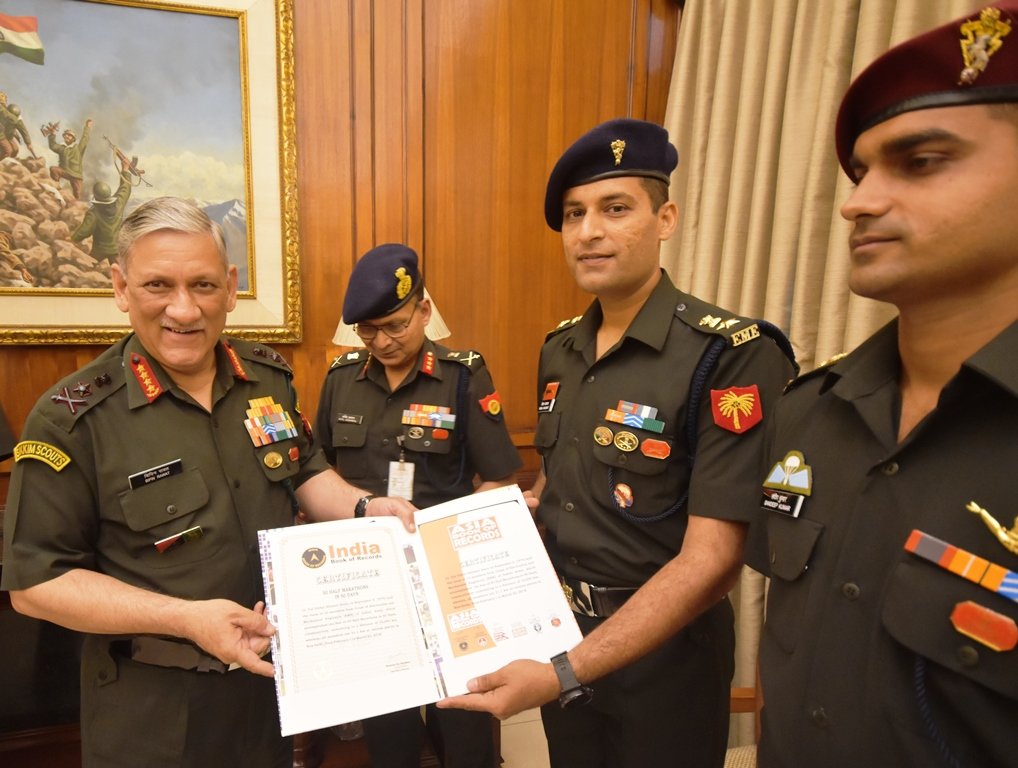
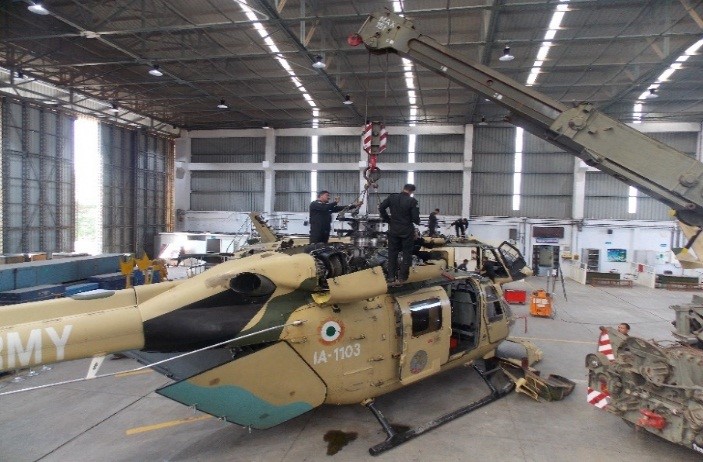
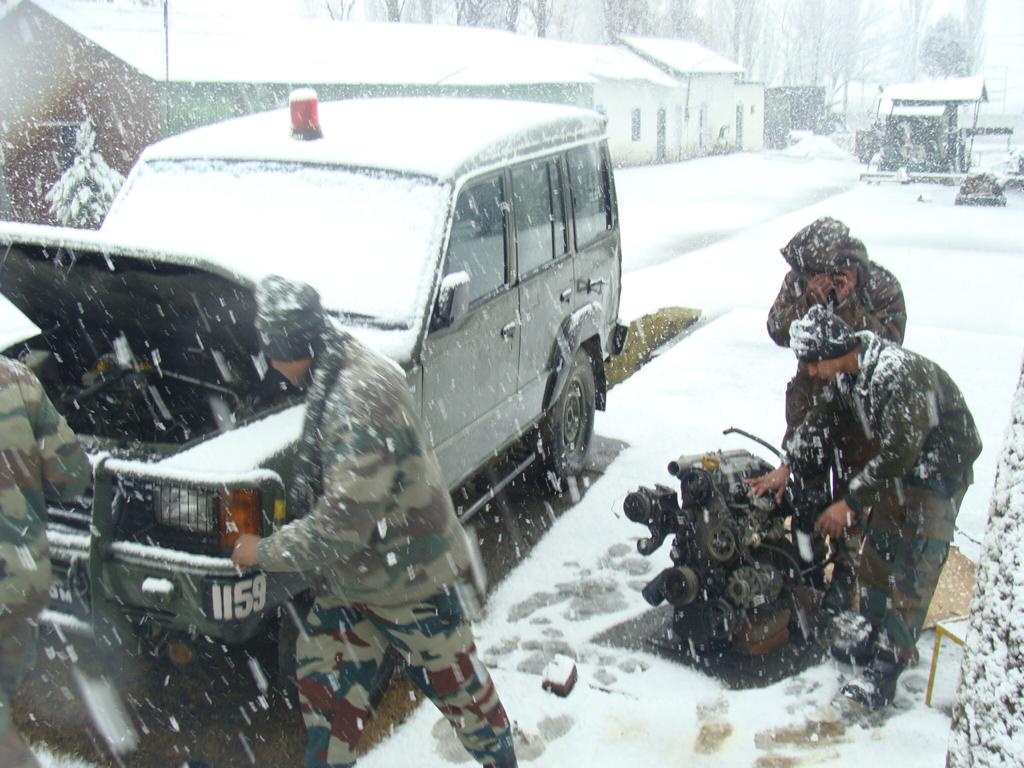
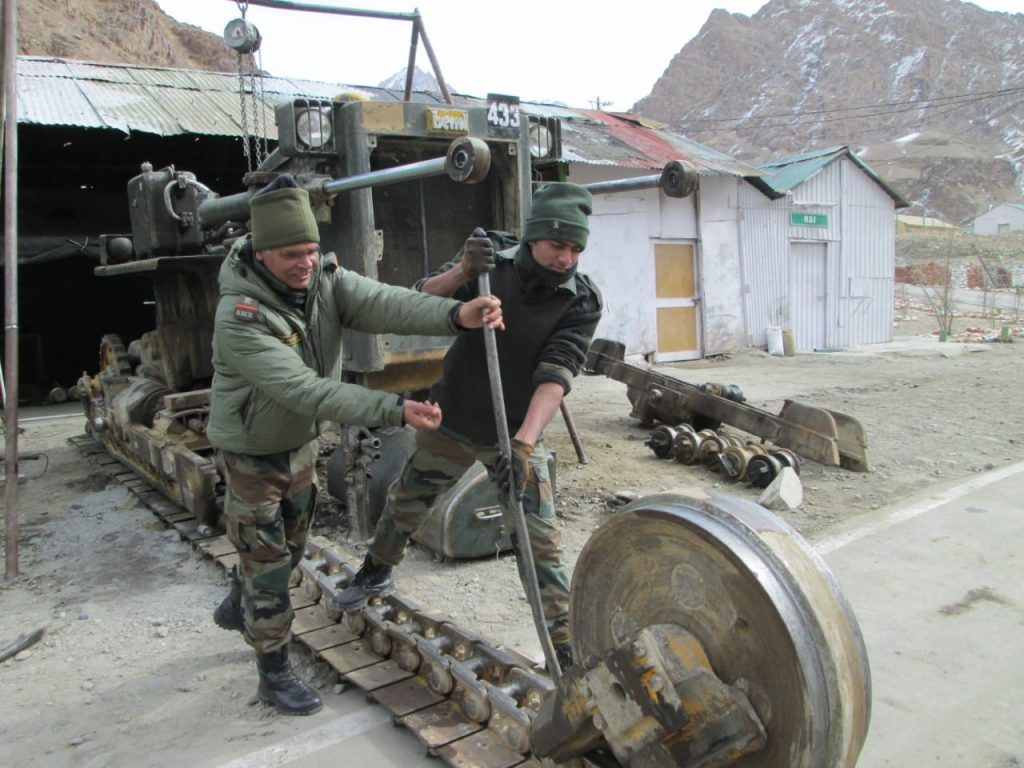
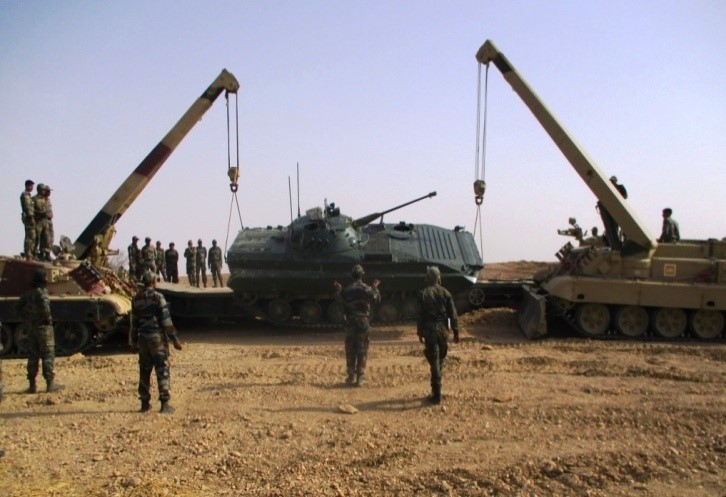

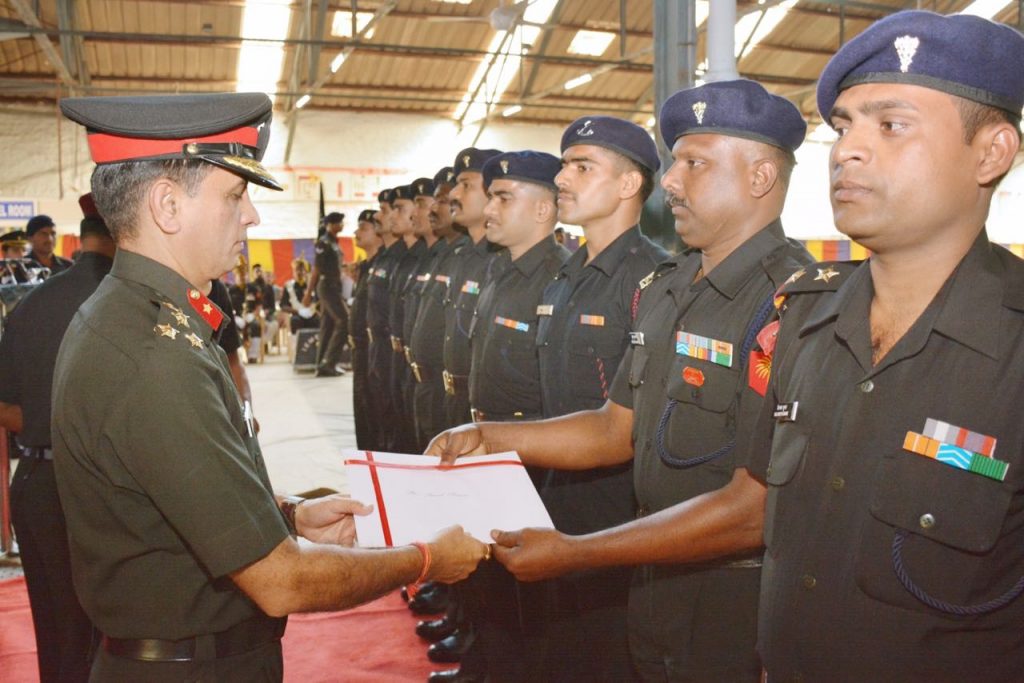
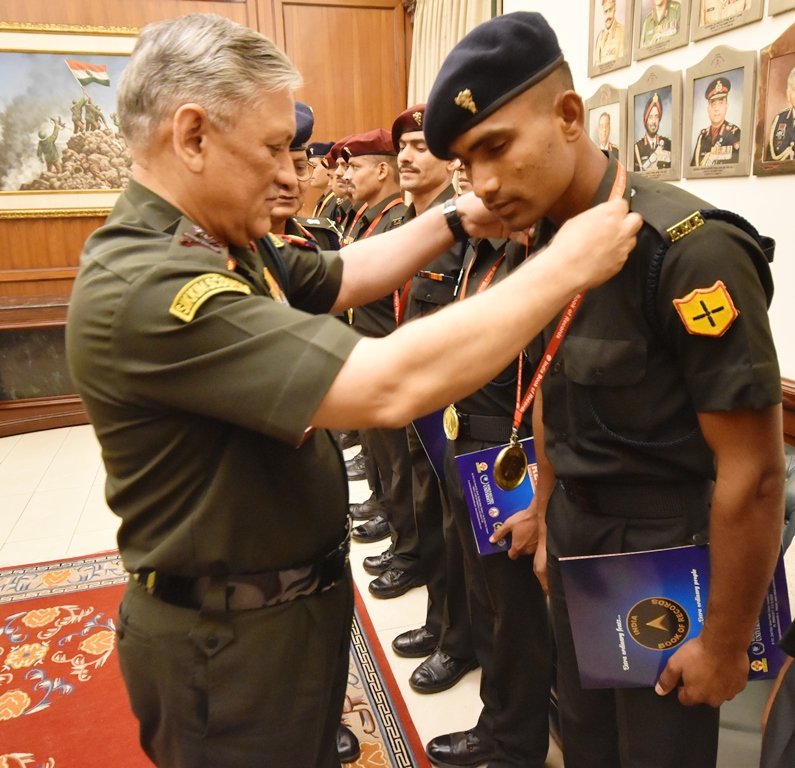

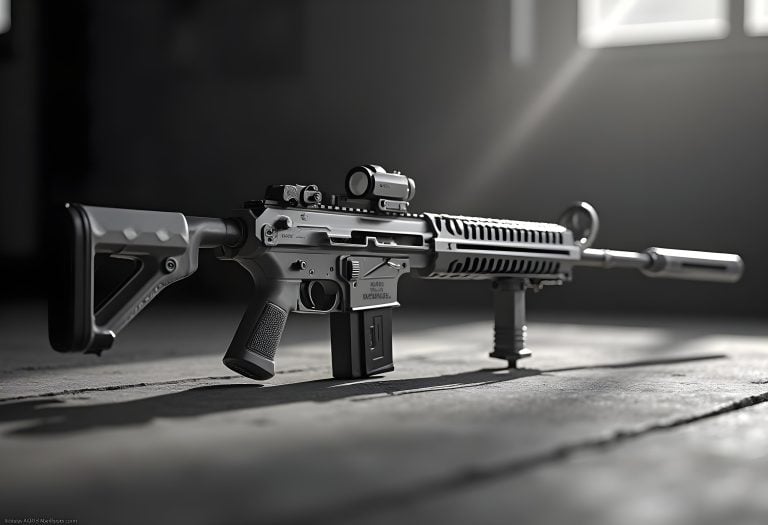
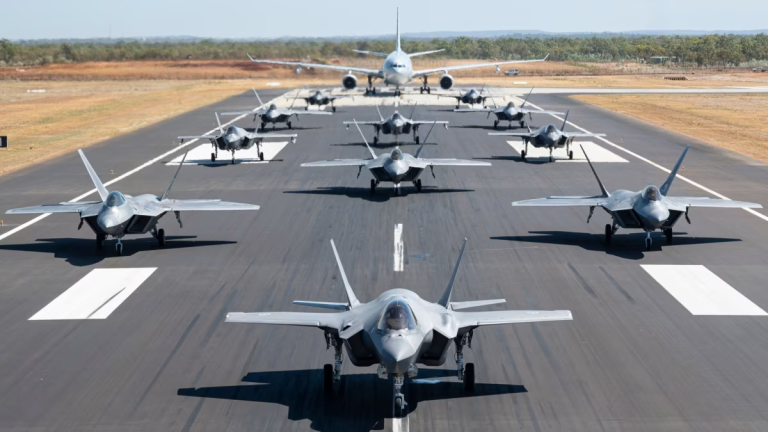
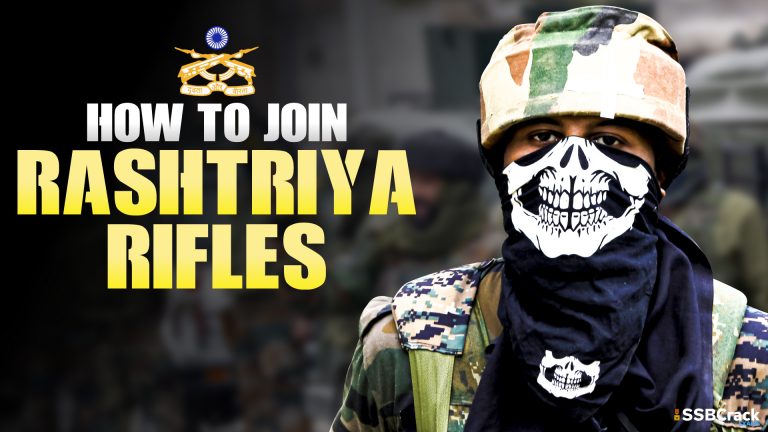
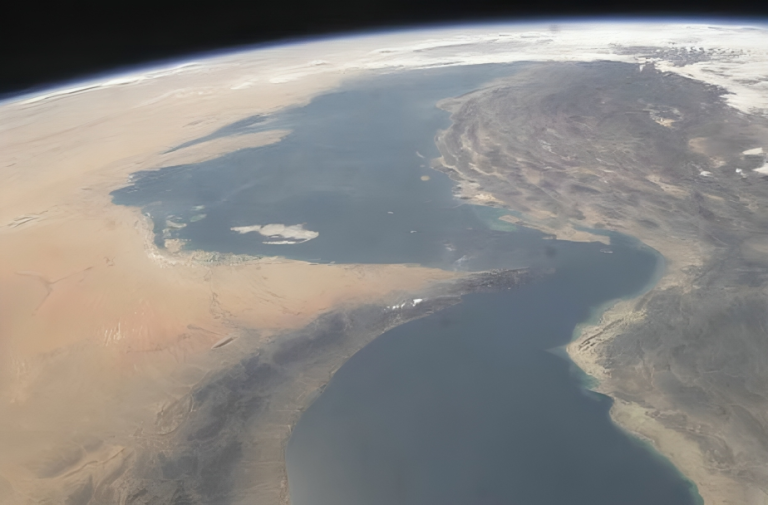



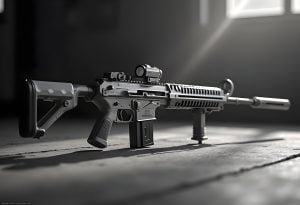
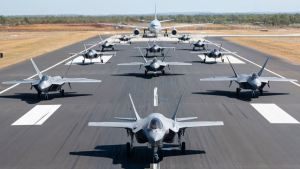
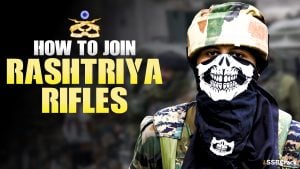
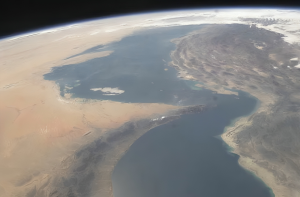

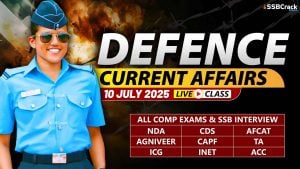
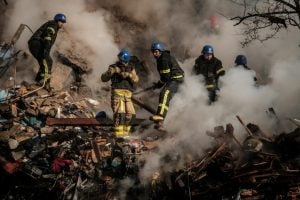
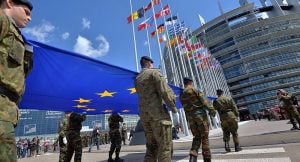
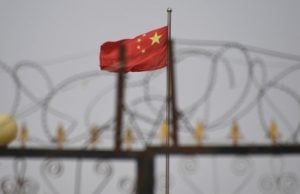

3 thoughts on “All About Corps of Electrical and Mechanical Engineers (EME)”
My Father served in the second world war and received 4 mentioned in dispatches commendations in the London Gazette.in 1945 and 1946 I think that would be whilst fighting in in Burma. . I am trying to find out more information on this and wondered if there was any records that I could access.
Peter Renton
yes, a soldier from eme can wear baroon beret and para wings after they successfully complete there training in agra and become a para troopers.
Can a soldier from EME wear Maroon beret and Para wings?